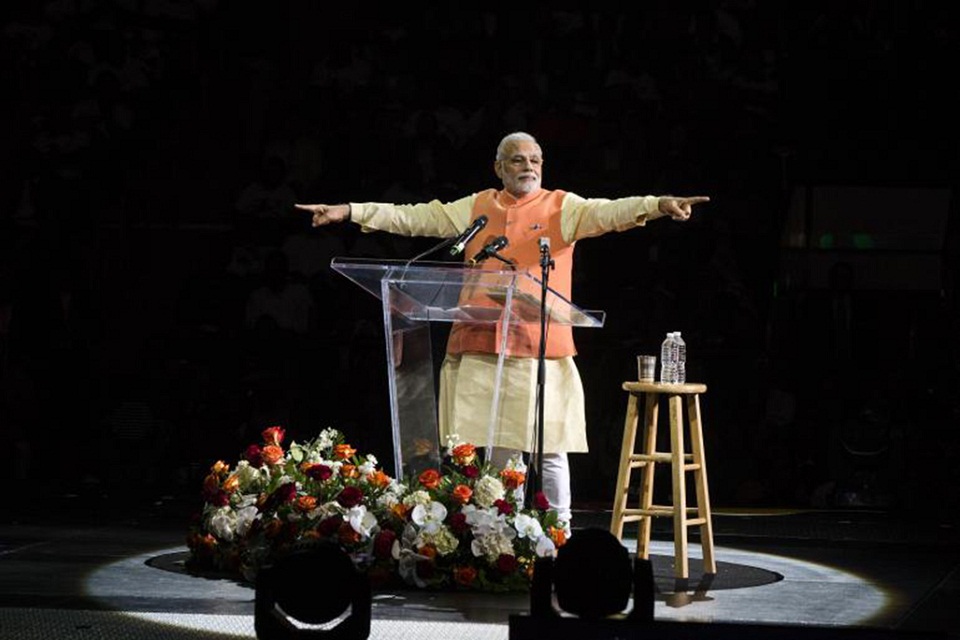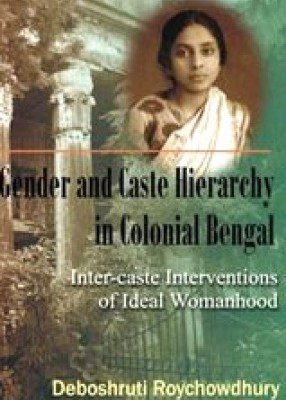The contrasting mass media reception of Narendra Modi’s visit to USA in the foreign press and in his homeland has sparked a discussion worth exploring. Pratiti Ganatra tries to articulate some of these differences…
“All media exist to invest our lives with artificial perceptions and arbitrary values”, said communication theorist and philosopher Marshall McLuhan. In the wake of the recent NarendraModi visit to the United States of America and the contrasting coverage it received in the Indian and American medias, this alluring statement comes to mind.
While the Indian Prime Minister’s five-day visit to a country, which had earlier denied him a VISA, on the background of the 2002 riots in his home state of Gujarat, was celebrated as a gala event in the Indian media, the story was slightly different on the other end of the spectrum. Not only did the media in the United States of America and Britain not view this visit as the biggest thing to have ever happened since 9/11, but what little they wrote was also not what the 18,000-strong crowd which had gathered to hear him speak at Madison Square Garden would have wanted to hear.
Before the razzmatazz and the glitzy glamour of the Madison Square Garden event had occurred, the US media had taken note of his visit in a moderate way. All the large national dailies had carried out routine reports about his tarriance to their land, but they almost always mentioned his past misgivings and the VISA denial issue. The Washington Post in an article titled ‘Obama seeks Modi as Ally on Asia policy’ mentioned that although the red carpet had been laid out by the Obama administration for Modi, “the specter ofwhat many think will be left unspoken — human rights and civil society issues — hangs over the visit.”The story was quite similar with the Wall Street Journal and the New York Times.
.The Economist, which has a history of not being too fond of Modi, in a commentary post-event titled ‘India, America and political theatre: I give you NarendraModi’, said that the event was attended by Indians “willing themselves into the kind of obedient hysteria they were meant to have left behind generations ago in the badlands of Asia, along with hunger and snakes.”The Economist also did not fail to question“Which pain-in-the-ass sports star or musician is snarling traffic around Madison Square Garden, an arena normally graced by WrestleMania, the Knicks and the Rolling Stones?” And it was not just The Economist, which was unimpressed by the strong gathering at Madison. The New York Times also did not fail to compare Modi to one of the rock-stars who perform at the Madison area by saying, “and when the man himself emerged the capacity crowd in New York’s most-storied arena roared as one, as if all the Knicks, all the Rangers, Billy Joel and Bruce Springsteen had suddenly materialised.” The writer of a Bloomberg View article titled, ‘NarendraModi is a Dangerous Cliché’ notes that, “he brought a Bollywood fantasy to Madison Square Garden because that’s what his admirers have voted for. It actually reminded me of Raju Ban Gaya Gentleman.”
The timing of a lawsuit, which charged “India’s Hindu nationalist Prime Minister NarendraModi with crimes against humanity during the 2002 Gujarat riots”, as quoted by BBC Newswas timed perfectly to cause maximum embarrassment. In the article titled ‘NarendraModi lawsuit revisits Gujarat riots on US visit’, the reporter brings back the gory details of the 2002 riots and claims that “significant doubts remain over the investigations that led to that verdict. And a former Gujarat cabinet minister appointed by Mr Modi was convicted of instigating the worst single massacre during the riots.”
The Indians on the other hand went gaga over the visit as if it was the only thing worth covering or reporting in the world at the time. High-profile editors of the top news channels of India made their way to the US and stood with crowds in New York and Washington and covered every step of the five-day journey. The ‘enthusiastic’ and ‘energetic’ coverage also included the coining of in-your-face hash-tags such as #Namorica, #NamosteAmerica, #Modison, #ModiinAmerica and so on. And the Madison event was the cherry on the top. A packed stadium of Indian-Americans cheering “Modi, Modi, Modi” at the top of their lungs was something that the Indian media devoured. Another McLuhan saying comes to mind here that, “Politicians will eventually be replaced by imagery. The politician will be only too happy to abdicate in favour of his image, because the image will be much more powerful than he could ever be.” The Indian media had done exactly this – glorifying the image of Modi into something that the person Modi can hardly hope to live up to.
The American and British press, even with its slight un-approving tone have presented a somewhat balanced narrative when it comes to the Modi visit to the United States. Unlike the Indian media, which forgot in its entirety the core journalistic principles of part-objectivity and news value, they have at least not hyped the visit into the Bollywood-style carnival, which was the representation on this side. With the exception of a couple of hostile comments, their press had largely given it superficial coverage and not page-one headlines, which has irked some Modi followers.
The disappointment out of the whole issue lies in the fact that the real question – what this means strategically for both India and the US from here on, has largely been left unanswered. The focus of the media has been on trivial issues such as the diet of the PM which was proving to be a challenge for the Obama administration or the chanting and roaring at Madison Square Garden. Where is the real analysis by the political commentators on how the visit might affect certain policies or what are the key takeaways from the five-day event?


